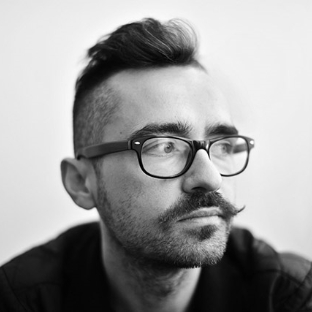Design Versus a Culture of Oppression: On the Design Strategies of Krzysztof Wodiczko
Krzysztof Wodiczko does not consider himself an artist; he more sees himself as a designer who merges art and design. His work attempts to join symbolic value with practical value. Andrzej Turowski calls this semiotic design, wherein practical functions have been subordinated to meaning. In Wodiczko’s designs like Vehicle for the Homeless (1988–1989), The Foreigner’s Spokesman (1993), or The Wanderer’s Stick (1992) we see an attempt to find a shared path between design and proactive civic art. These activities are called transformative avant-garde and are seen as solutions to struggles against inequalities. It joins psycho-aesthetic communication tools with enormous power to communicate (and transform) and social design, focusing primarily on marginalized and stigmatized groups. Wodiczko gives political significance to ergonomics, understood as the methods of applying tools to mankind’s physical and mental attributes. His work attempts to change the discourse of the contemporary city, making it confront experience. He also consciously plays with the media, which are tools for establishing the dictatorship of canons and aesthetics in society. Wodiczko’s designs try to counteract the dynamic progression of alienation from life. They use social experiences to try to create a new sense of community – and of society as a process.

